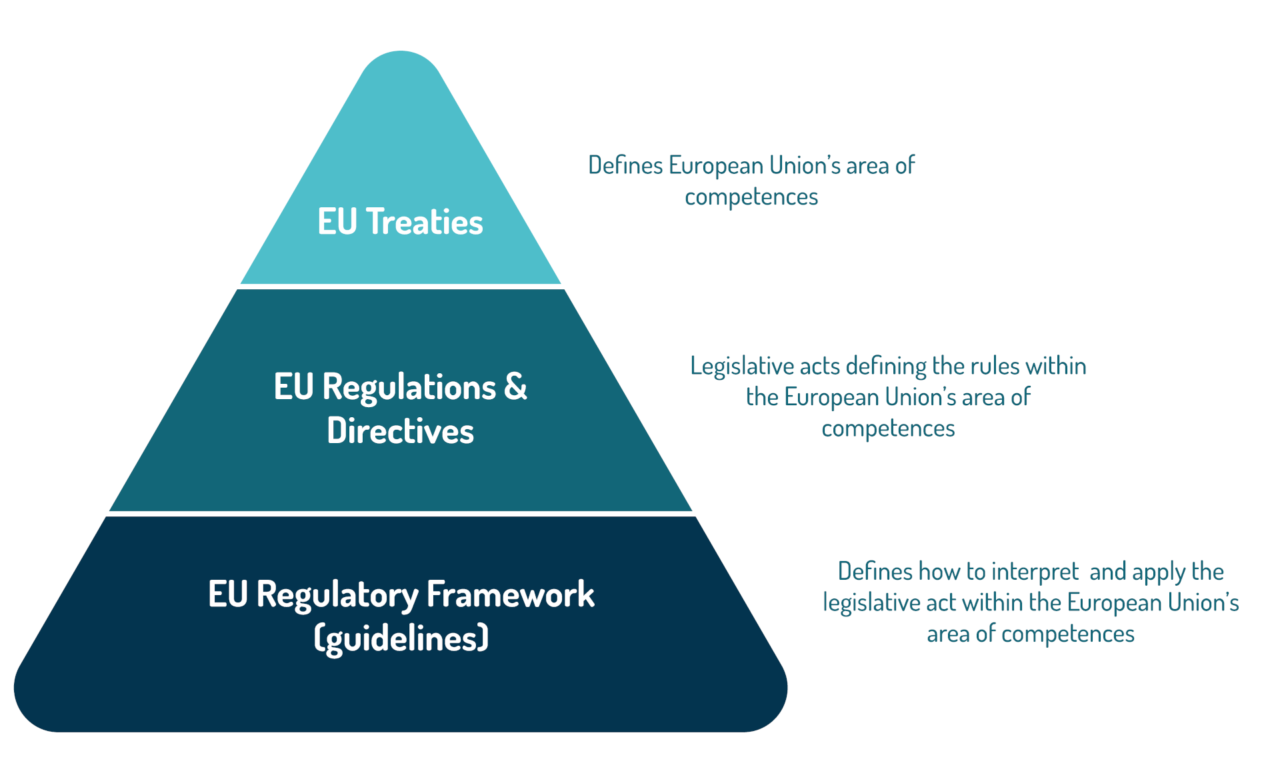AI Regulation In Europe: The Impact Of Trump Administration Pressure

Table of Contents
The Trump Administration's Stance on AI Regulation
The Trump administration generally favored a deregulatory approach, exhibiting skepticism towards AI-specific regulations. This stance prioritized technological innovation above regulatory oversight, driven by concerns that stringent rules would hinder US competitiveness in the burgeoning AI sector. This contrasted sharply with the EU's proactive approach.
- Emphasis on technological innovation over regulatory oversight: The administration believed that excessive regulation could stifle innovation and economic growth.
- Concerns about hindering US competitiveness: Fear of falling behind China and other nations in the AI race fueled a reluctance to implement potentially restrictive regulations.
- Limited federal-level AI regulation initiatives: Unlike the EU, the US largely left AI regulation to individual states and the private sector, resulting in a fragmented and less comprehensive regulatory framework.
- Pressure on international bodies to adopt a similar approach: The US often advocated for a lighter touch on AI regulation within international forums, attempting to influence global standards in line with its own deregulatory philosophy.
The arguments used to justify this stance often centered on the perceived benefits of uninhibited technological advancement, emphasizing the potential for economic gains and job creation. However, this approach lacked the ethical considerations and risk mitigation strategies central to the EU's approach. Specific instances of US pressure on the EU, though not always explicitly documented, likely involved diplomatic channels and trade negotiations. This contrast highlights a fundamental difference in philosophical approaches to AI governance.
EU's Response to US Pressure: Navigating a Balancing Act
The EU, despite facing pressure from the US, remained steadfast in its commitment to a robust and ethically-driven regulatory framework for AI. This commitment is reflected in its response to US pressure.
- Analysis of the EU's commitment to data protection (GDPR): The General Data Protection Regulation (GDPR), enacted before the Trump administration's focus on AI, laid the groundwork for the EU's approach, emphasizing data privacy and individual rights. This commitment to data protection is fundamental to the EU's AI strategy.
- Discussion of the EU's AI Act and its key principles: The EU AI Act, currently under development, aims to regulate AI systems based on a risk-based approach, classifying AI applications according to their potential harm. This demonstrates a commitment to responsible AI development, regardless of US pressure.
- Examples of areas where the EU’s approach differs from the US approach: The EU prioritizes ethical considerations, including transparency, accountability, and fairness, unlike the US's more laissez-faire approach. The EU's risk-based approach allows for a more nuanced regulation, adapting to the specific risks posed by different AI systems.
- Examination of any concessions made by the EU or areas where it stood its ground: While the EU may have engaged in diplomatic discussions with the US, its fundamental commitment to ethical AI and strong data protection remained unwavering.
The EU's response was influenced by a strong public support for data protection, a commitment to ethical AI, and a desire to avoid regulatory fragmentation within its internal market. The EU’s regulatory framework is likely to significantly influence global AI development and the transatlantic relationship, potentially impacting international trade and technological collaborations.
Long-Term Impacts of US Pressure on the EU's AI Landscape
The Trump administration's pressure, while not directly dictating EU policy, undeniably influenced the context within which the EU developed its AI regulatory framework.
- Analysis of the speed and effectiveness of the EU AI Act implementation: The ongoing development and implementation of the AI Act demonstrate the EU’s determination to create a robust framework. Any delays or adjustments to the Act could, in part, be traced to the earlier pressures to maintain a competitive landscape.
- Assessment of the EU's ability to balance innovation with ethical considerations: The EU's approach aims to achieve this balance, demonstrating that ethical considerations do not necessarily impede innovation. The success of this balance will be a key factor in evaluating the long-term impact of the regulatory framework.
- Discussion on the ongoing debate regarding international cooperation on AI standards: The EU's approach will likely influence other jurisdictions and shape the global conversation on AI governance. This could lead to increased cooperation or further divergence depending on the approach taken by other countries, particularly the US under future administrations.
- Examination of the potential for future conflict or collaboration on AI regulation between the EU and the US: The relationship will likely remain complex, with potential for both cooperation and conflict. Future collaboration might focus on harmonizing standards to avoid regulatory fragmentation, yet differences in approaches might still create challenges.
The Role of International Cooperation in AI Governance
International cooperation is paramount to establish effective AI regulations. Harmonized standards are needed to prevent regulatory fragmentation and ensure a level playing field for businesses operating globally.
- The need for harmonized standards to prevent regulatory fragmentation: Different regulatory frameworks in different countries can create significant challenges for businesses.
- Potential challenges in reaching consensus among different jurisdictions: Balancing national interests and differing regulatory philosophies is a significant hurdle.
- Benefits of shared best practices and mutual recognition of regulatory frameworks: Collaboration can foster innovation, promote trust, and ensure that AI is developed and used responsibly globally.
Conclusion
The Trump administration's pressure on the EU regarding AI regulation demonstrably shaped the context of the EU's regulatory development. Despite this pressure, the EU has remained committed to a balanced approach, prioritizing both innovation and ethical considerations in its AI Act. This commitment highlights the EU's dedication to responsible AI development, even in the face of significant external pressure. Further research and discussion are vital for understanding the evolving landscape of AI regulation in Europe and its implications globally. Stay informed about developments in AI Regulation in Europe to effectively navigate this critical area.

Featured Posts
-
 The Potential Of Ahmed Hassanein A Historic Nfl Draft Moment For Egypt
Apr 26, 2025
The Potential Of Ahmed Hassanein A Historic Nfl Draft Moment For Egypt
Apr 26, 2025 -
 Sinners Capturing The Scale Of The Mississippi Delta Through Cinematography
Apr 26, 2025
Sinners Capturing The Scale Of The Mississippi Delta Through Cinematography
Apr 26, 2025 -
 Karen Reads Trials A Year By Year Account
Apr 26, 2025
Karen Reads Trials A Year By Year Account
Apr 26, 2025 -
 Trump Tariffs Ceo Warnings On Economic Impact And Consumer Sentiment
Apr 26, 2025
Trump Tariffs Ceo Warnings On Economic Impact And Consumer Sentiment
Apr 26, 2025 -
 White House Cocaine Secret Service Investigation Concludes
Apr 26, 2025
White House Cocaine Secret Service Investigation Concludes
Apr 26, 2025
